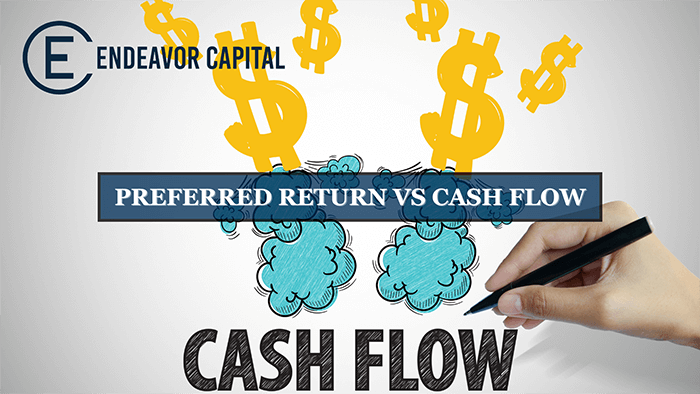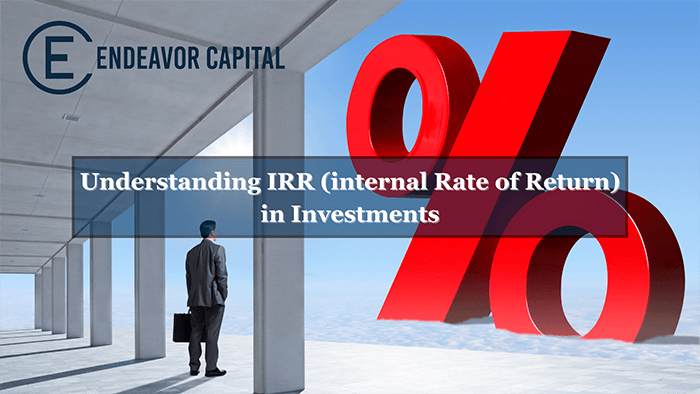Recently, there has been a growing number of inquiries regarding the distinction between preferred returns and cash on cash returns in real estate investments. It appears that some investors are puzzled by how preferred returns affect cash flow and mistakenly assume that an 8% preferred return equates to an expected 8% cash on cash distribution. To clarify, let’s delve into the nuances of preferred returns and their relationship to cash on cash returns in a more accessible manner.
Preferred Returns vs. Cash on Cash Returns
Preferred returns, first and foremost, represent a partnership structure within real estate investments. They provide investors with a guaranteed minimum rate of return before any profits are shared with the sponsor through a promote. It is essential to understand that preferred returns do not dictate a minimum level of cash flow distribution. On the other hand, cash on cash return projections refer to the actual anticipated cash flows from the investment.
The Preferred Return Reality
To illustrate this further, consider an investment opportunity with an 8% preferred return. However, the average cash on cash return over the projected holding period may only be 6%. This scenario has become increasingly common in today’s real estate deals, prompting more investors to question the relationship between preferred returns and cash on cash.
The Compounding Nature of Preferred Returns
A crucial point to focus on in deals where cash flow falls short of the preferred return is the compounding nature of the preferred return itself. When deals generate cash flow equal to or greater than the preferred return, whether the preferred return is compounded becomes less relevant. However, in today’s environment of lower cash flow, this nuance comes into play due to the gap between the preferred return and actual cash flow distributions.
With a compounding preferred return, any shortfalls accumulate and compound, effectively earning interest at the preferred return rate. This safeguards investors from paying more in the promote than they should and yields higher returns over time. While compounding preferred returns are a standard practice in the institutional world, they are less common in syndication deals.
Compounding Preferred Returns in Syndications
Compounding preferred returns make sense as they essentially “penalize” the sponsor for not meeting the preferred return on a cash flow basis. They ensure investors are compensated based on the time value of money. If there are sufficient proceeds, any preferred return shortfalls will be reconciled, including the compounding amount, upon refinance or sale of the property.
Even development deals, which typically do not generate cash flow in the initial years, often incorporate a compounding preferred return. This compensates investors for their patience. For instance, a development project with a 16% internal rate of return (IRR) and zero cash flow will have a higher equity multiple than a 16% IRR value-add deal with an 8% cash on cash return throughout the holding period. Less cash flow in a deal makes achieving a higher IRR more challenging.
The IRR Calculation and Cash Flow
The relationship between cash flow and its treatment in the IRR calculation is a key factor. The IRR calculation assumes that cash flow is reinvested at the IRR rate, which may not be the case, especially in the short term. This can inflate actual returns, highlighting the importance of evaluating deals based on more than just IRR. Consider factors like equity multiple, average and yearly cash on cash returns, and yield on cost.
Preferred Returns and Return of Capital
Another critical aspect of preferred returns is whether they include a return of capital. In institutional deals, preferred returns typically consist of not only a compounding minimum rate of return but also a full return of the investors’ initially invested capital. This means the sponsor’s promote (profit participation/performance compensation) does not activate until investors have received their original investment back plus an 8% compounded return. This structure is the standard in institutional deals.
However, most syndications follow a different approach, often employing a “cash flow promote.” This means the sponsor can earn a promote on any cash flow exceeding the preferred return, bypassing the return of capital requirement. While this may not be advantageous for investors, it is rarely a concern, as most deals do not generate cash flow above the preferred return.
In Conclusion
To sum it up, preferred returns do not directly imply cash on cash returns. Therefore, investors interested in understanding an investment’s cash flow projections should focus on average and yearly cash on cash returns. However, all investors should pay close attention to the preferred return rate and the details concerning compounding and the order of return of capital and promote. Finally, it’s worth noting that an investment opportunity lacking any preferred return should be approached with caution, as it may indicate a situation where the sponsor is seeking to take advantage of investors.






